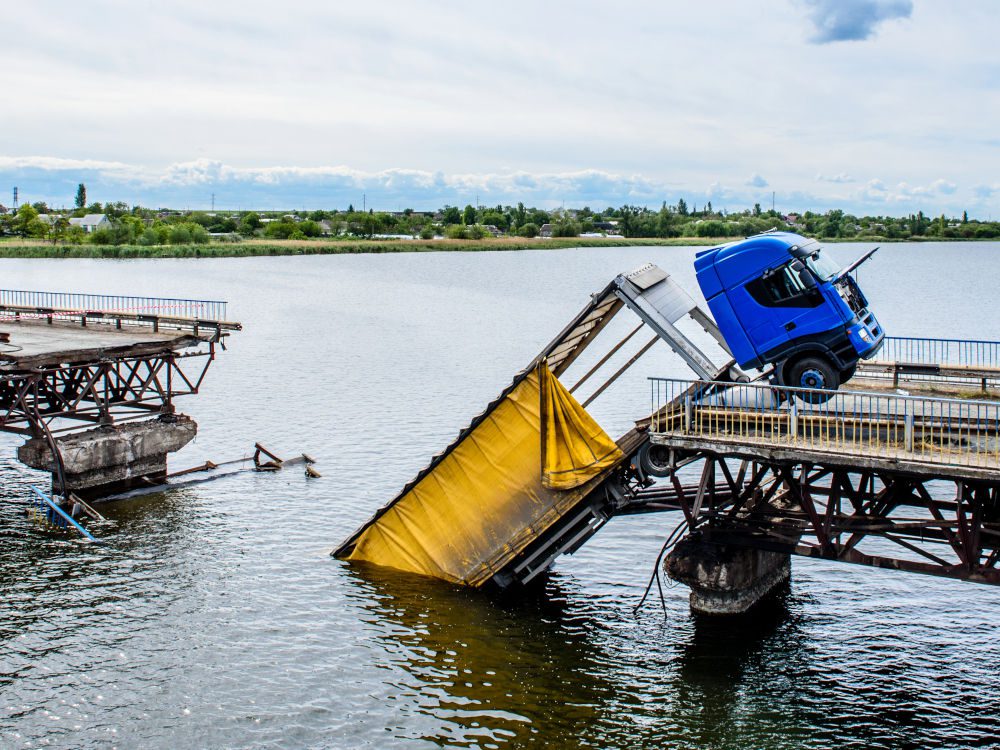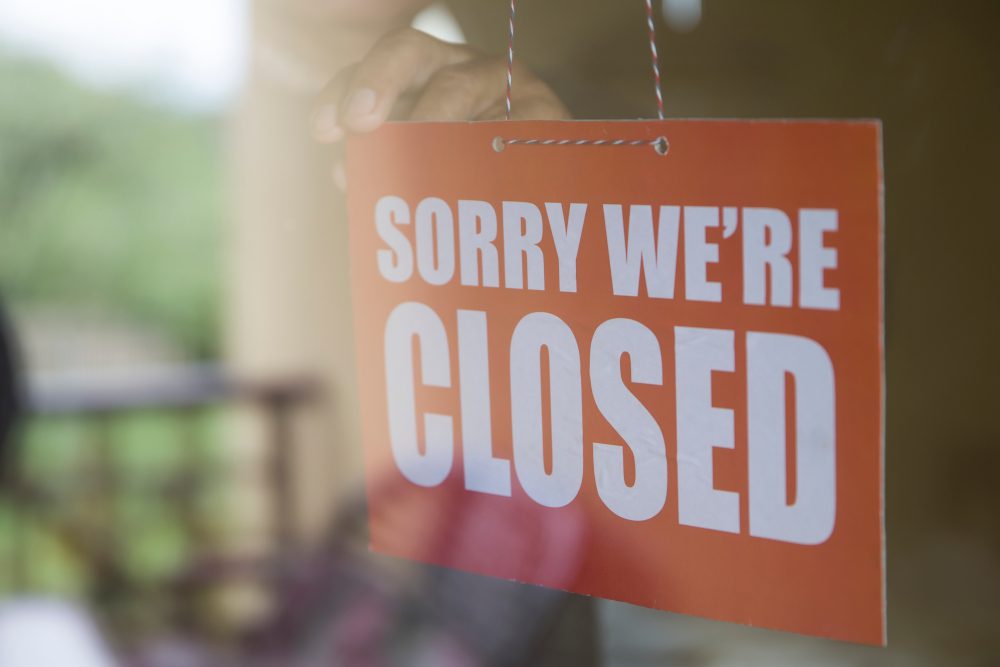Investors and corporate strategists treat due diligence as a shield against unpleasant surprises. Yet many reviews rely on static checklists and desk research that overlook shifting power structures, informal networks, and on-the-ground realities. When those blind spots collide with complex environments, deals stall, assets underperform, and reputations suffer. A stronger approach starts with recognizing how common diligence habits plant the very seeds of failure.
The Comfort Trap in Desk Reviews
Spreadsheet comfort can lull teams into thinking risk is quantified and contained. Public filings, audited statements, and industry benchmarks feel tangible, but they capture yesterday’s state. Supply chains, regulatory regimes, and community relations evolve between the first data pull and closing. A diligence process that fails to refresh inputs or challenge core assumptions drifts out of date before legal documents are signed.
Hidden Stakeholders and Informal Power
Founders present cap tables and governance charts that appear complete. Behind those diagrams sit informal gatekeepers such as local officials, community leaders, subcontractors, or influential family members who can delay permits, block access, or shape worker sentiment. Ignoring these actors turns post-acquisition integration into a series of unexpected battles.
Stakeholder mapping must move beyond legal ownership toward influence analysis grounded in local interviews and field intelligence.
Regulatory Drift and Political Shifts
Rules change when cabinets reshuffle, agencies merge, or crises strike. A license issued six months ago may be subject to new fees or revocation threats tomorrow. Conventional diligence reads statutes and confirms permits; dynamic diligence stress-tests the business model against plausible regulatory scenarios. Scenario testing forces teams to price contingencies into models and plan engagement strategies in advance.
Overreliance on Quantitative Models
Discounted cash-flow outputs can impart a sense of precision that reality rarely respects. Sensitivity tables often flex revenue growth and cost inflation yet leave geopolitical shocks, currency controls, and social unrest untouched.
Qualitative factors then gain entry only as narrative side notes with no valuation impact. Folding qualitative triggers into valuation ranges anchors decision makers to risk-weighted outcomes, not optimistic base cases.
Cultural Blind Spots
Language, hierarchy, and negotiation norms shape everything from labor relations to contract enforcement. Western executives may read punctual project updates as signs of smooth execution while a local partner masks delays to preserve face.
Missed cultural signals breed schedule slips and cost overruns that a standard legal review cannot predict. Cross-cultural audits and bilingual site visits convert subtle norms into actionable intelligence.
Integrating Field Intelligence
Satellite imagery, supply-chain traces, and structured interviews reveal divergences between policy and practice. Visiting a factory floor exposes safety violations that contradict glossy ESG reports. Walking a plant perimeter after dark uncovers informal dump sites outside official inspection windows. Field data grounds strategic decisions in observed fact rather than curated disclosure.
Building a Dynamic Risk Framework
A resilient diligence program treats risk as fluid. Core elements include
-
Rolling intelligence updates that refresh financial and operational inputs until closing.
-
Scenario matrices ranking impact and likelihood of political, social, and environmental shifts.
-
Stakeholder engagement plans assigning owners and timelines for relationship building.
-
Integration rehearsals simulating day-one operations under adverse conditions.
-
Exit blueprints outlining triggers and pathways for orderly withdrawal if red lines are crossed.
Final Thoughts
Due diligence should clear fog, not create it.
Static checklists, thin stakeholder analysis, and model-heavy valuation work conceal as much as they reveal. Teams that combine rigorous data collection with local insight, scenario testing, and cultural awareness convert diligence from compliance ritual into strategic advantage. In complex markets the cost of deeper inquiry is modest beside the cost of an overlooked risk that turns a promising deal into a cautionary tale.







